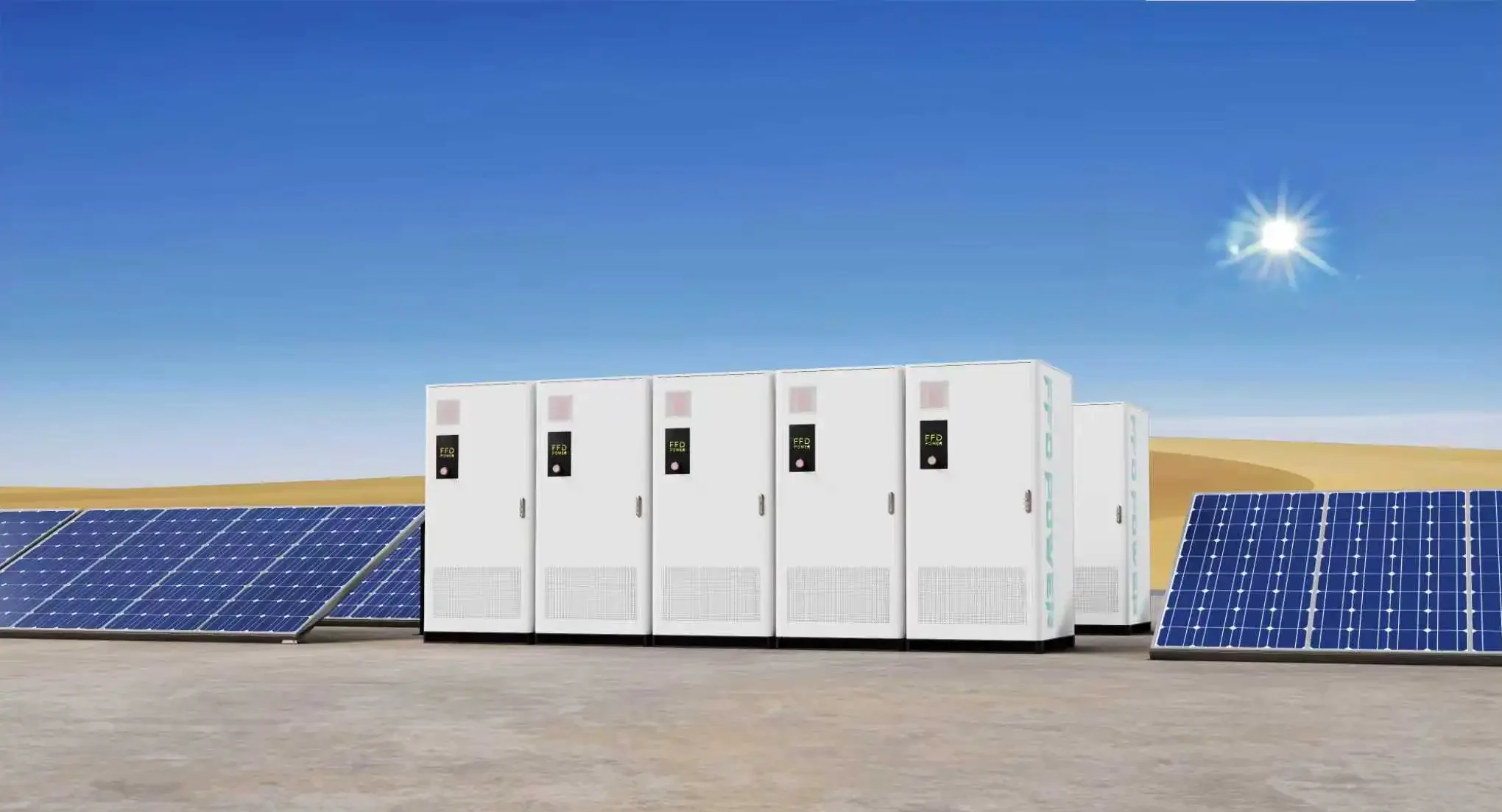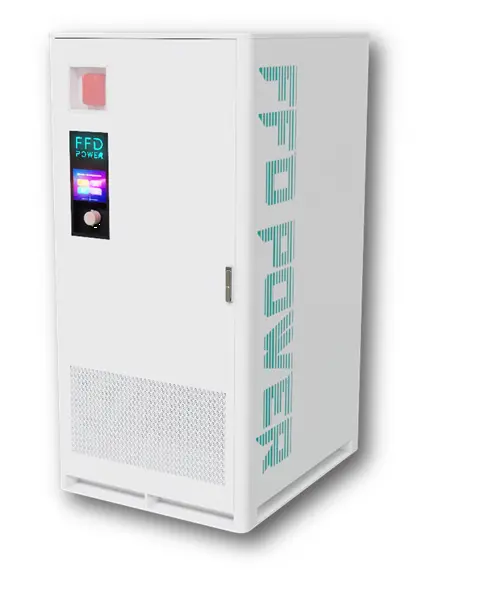PV Self-Consumption With Energy Storage
PV Self-Consumption is the practice of maximizing on-site use of PV-generated energy without exporting excess electricity to the grid. In many regions, such export is restricted by regulation, compensated at a significantly lower rate than grid imports, or even penalized—making intelligent self-consumption strategies essential.
What Makes PV Self-Consumption Different?
PV Self-Consumption focuses on capturing the full value of solar generation, particularly where grid export is restricted, undervalued, or penalized. Unlike feed-in models that send excess energy to the grid, this approach requires smart system design—coordinating PV, BESS, and load profiles to get optimal performance. The challenge lies in energy optimization —and this is where our technology makes the difference.
Our Ready-to-Use PV Self-Consumption Solution
FFD Power boosts solar self-use through smart control and storage—cutting costs and increasing energy independence.

Our PV Self-Consumption solution combines:
PV System – AC or DC coupling options to suit project requirements
FFD BESS – the core of energy optimization, storing and releasing energy to smooth and shift PV output
Power Conversion System (PCS) – converting DC battery power to AC, available as all-in-one modules, hybrid inverters, or microgrid cabinets
Smart Meter – monitoring grid export and preventing backfeed if necessary
FFD EMS – featuring optimization algorithms and PV curtailment when required
This architecture maximizes on-site PV utilization while ensuring zero export to the grid, even under fluctuating load and generation conditions.
In addition to core hardware and controls, we provide:
Feasibility studies and tailored system architecture design
Pre-installed system software
Complete engineering documentation, detailed project BOM, layout design and connection drawings
Technician’s onsite commissioning support
Long-term O&M remote support
This customized design, matched to the PV capacity, ensures precise technical delivery and reliable performance.
FFD Power’s PV Self-Consumption package is designed to:
Ensure efficient energy use through tailored design that maximizes PV self-consumption
Deliver reliable performance with the optimal integration of compatible equipment
Maintain precise alignment between PV capacity, storage, and load demand for peak system performance
PV Energy Maximization
The system is designed to align photovoltaic (PV) generation with load demand, reducing the risk of energy curtailment. By optimizing load matching and storage utilization, it ensures maximum on-site consumption of solar energy.
High BESS Utilization
The BESS capacity is sized for optimal charge and discharge cycles, maintaining a high usage rate throughout daily operations. Its adequate power output supports load shifting and peak shaving, improving economic returns.
Zero Export to the Grid
An export-limiting smart meter monitors real-time power flows to prevent backfeed to the grid. This ensures compliance with no-export regulations and avoids penalties or reduced tariff compensation.
Intelligent EMS
The smart Energy Management System (EMS) coordinates PV generation, storage planning, and load control to maximize efficiency. It can dynamically curtail PV output when necessary to maintain system balance and operational stability.
Recommended Products


Case Presentation
2.3MW/5.13MWh Middle-East PV Self-Consumption Project
This project is based on a PV Self-Consumption application implemented at a Middle Eastern factory located in a mountainous region. Its goal is to transform solar energy from a passive resource into a strategic asset by maximizing on-site consumption, precise load matching, and intelligent energy coordination, thereby significantly reducing reliance on the grid.
The factory faces power quality challenges, including unstable voltage, frequency fluctuations, daytime energy curtailment, and nighttime energy shortfalls. Although a PV system has already been installed, transportation constraints in the mountainous terrain make conventional heavy battery containers impractical. To overcome this, the project adopts GALAXY 233L-AIO-2H distributed energy storage cabinets, which are AC-coupled into the system. Ultimately, a 2.3 MW / 5.13 MWh PV-plus-storage integrated system is established.
Unlike traditional grid-feed-in models, this project prioritizes local load matching, enabling smart energy orchestration. Through real-time forecasting and load coordination, the system maximizes PV self-consumption during peak generation periods, while storing surplus energy for use at night or during low-generation intervals. Meanwhile, it enhances power quality, ensuring stable voltage and frequency to prevent operational disruptions at the factory.
System Components:
The PV system supplies renewable energy input.
The GALAXY 233L-AIO-2H energy storage cabinets, integrated via AC coupling, offer efficient storage and discharge capabilities while addressing logistical limitations.
Operating Principle:
The system continuously monitors energy generation and demand, performing accurate forecasting and coordination to maximize local energy utilization.
Key Benefits:
This project not only improves PV utilization efficiency and stabilizes factory operations but also achieves significant cost savings and supports sustainability goals.
Overall, the project demonstrates the practical potential of PV self-consumption in complex environments. Through intelligent technology integration, it enables the factory to overcome geographic and energy challenges, delivering long-term economic and environmental value.

